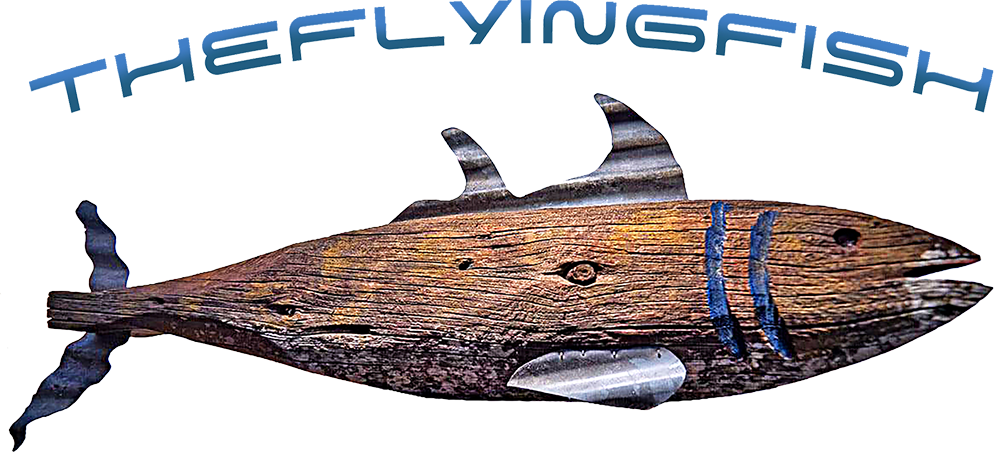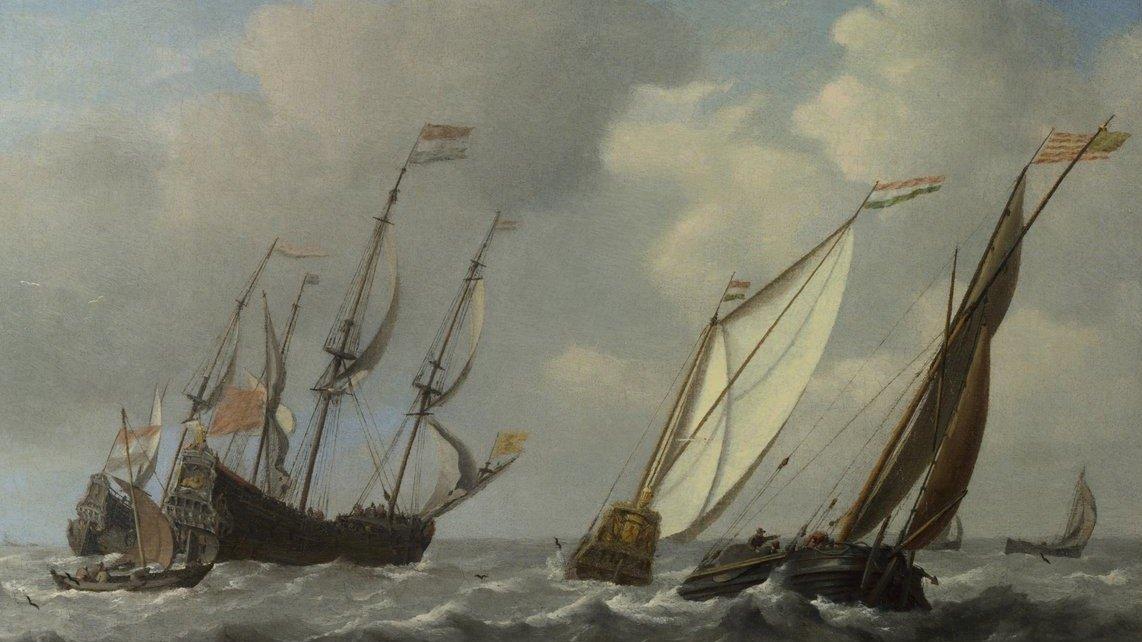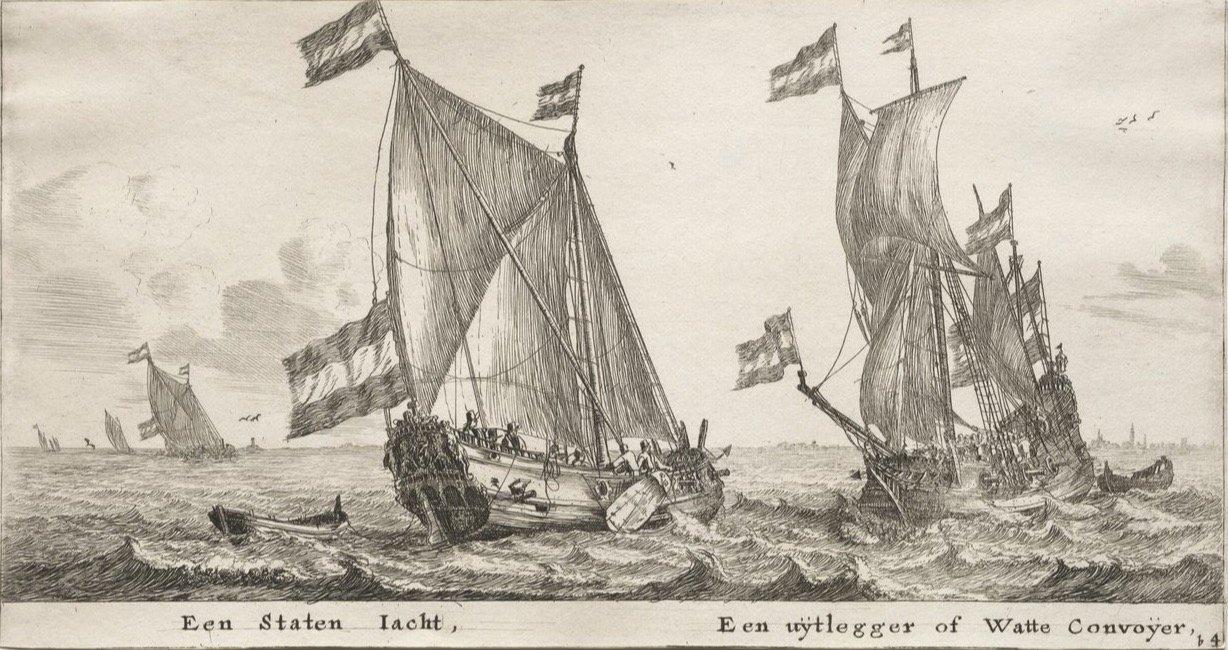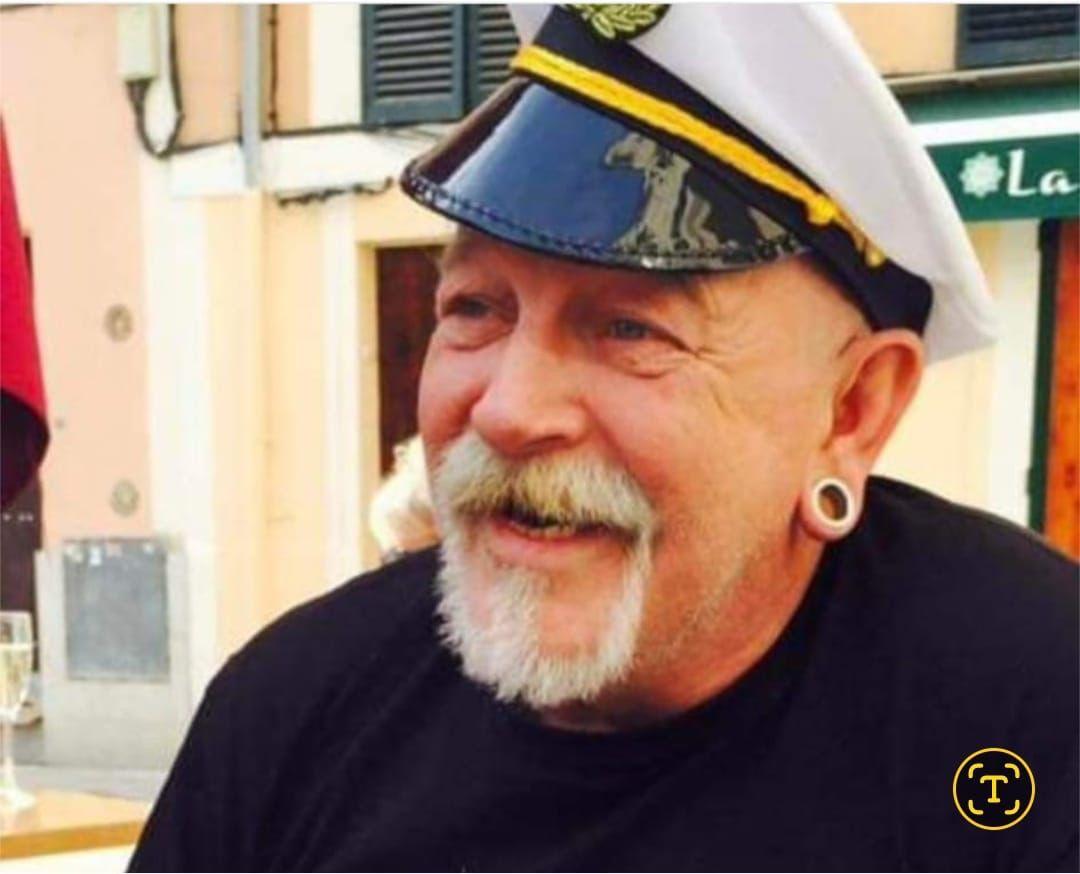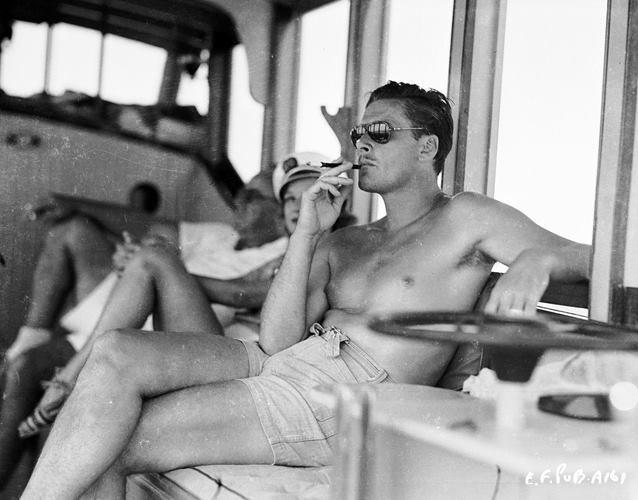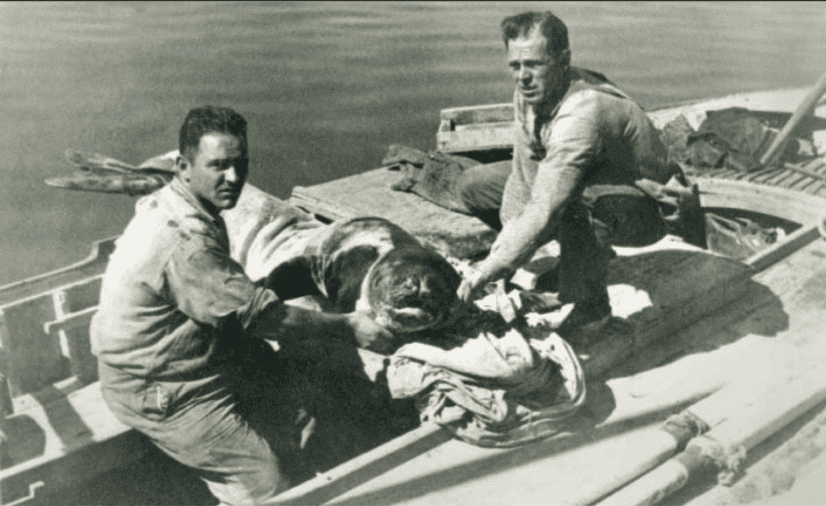Hub – The Allure of the Open Sea Part I
The Allure of the Open Sea Part I: A History of Private Yachting by Gregory C. Y. Piatkowski. #24/0161.
October 20, 2024 · 4 min read
(Picture: A Dutch Ship, a Yacht and Smaller Vessels in a Breeze, c. 1660
Willem van de Velde the Younger)
The Allure of the Open Sea Part I
Private yachting is not merely a pastime; it represents a lifestyle, one that blends adventure with exclusivity and offers unparalleled freedom on the open water. At its core, private yachting revolves around the ownership or use of a vessel solely for personal enjoyment rather than commercial or competitive activities. It’s a world where practicality and luxury meet, offering the chance to explore far from the crowded shores, with ever-changing views and a pace set by the individual.
The term “yacht” wasn’t always synonymous with luxury. In the 17th century, as the Netherlands ascended as a dominant trading power, the Dutch jacht was both a defensive tool and a symbol of status. Originally designed to patrol waters and protect vital trade routes from pirates, these vessels played a critical role in securing Dutch commerce. Their agility and speed allowed captains to chase down threats in areas inaccessible to larger ships. However, as Dutch wealth grew, so did the purpose of the jacht. It evolved from a practical, military vessel into a statement of luxury and personal independence, marking a significant transformation in its identity.
At that time, “yacht” didn’t refer to a specific type of ship but was more of a broad term applied to various vessels with distinct purposes. For instance, the Schleswig-Holstein jacht was a small coastal freighter operating in the Baltic Sea, while the Blockzijlder jacht was a freighter navigating the Zuiderzee. Rather than a strict classification, the word “yacht” was used for ships suited to particular tasks, reflecting a broad spectrum of functionality and design.
Key Characteristics of the Dutch Jacht
1. Speed and Agility:Above all, the jachtwas built for speed. Its narrow beam and shallow draft enabled it to move quickly through coastal and inland waters, making it ideal for chasing down pirates or navigating shallow waters where larger vessels couldn’t venture.
2. Maneuverability:The jachtwas designed for swift, tight maneuvers, essential for the Dutch coastal and riverine environments. This agility allowed it to excel in defense and scouting missions, easily navigating narrow passages and shallow areas.
3. Shallow Draft:One of the jacht‘s defining features was its shallow draft, which allowed it to sail in waters too shallow for larger ships, providing access to tricky harbors and preventing the ship from running aground—crucial in the Netherlands’ coastal waterways.
4. Versatility:The jachtwas a multipurpose vessel, valuable for military tasks like patrolling or intercepting enemy ships, and flexible enough to serve as a dispatch vessel, scout, or even a command ship for fleet commanders.
5. Luxury and Ornamentation:As Dutch wealth increased, the jachttransitioned from a purely functional vessel to a status symbol. Wealthy merchants and naval officers began commissioning yachts with ornate carvings, gilded decorations, and lavish interiors, turning the jachtinto a floating symbol of power and prestige.
6. Durability and Construction:Typically built with sturdy oak for the hull and pine for the masts, the jachtwas crafted to endure the rough conditions of the North Sea, making it suitable for both military operations and extended luxury voyages.
Dutch writers such as Nicolas Witsen and Willem van Winschooten provide insight into the origins of the word “yacht.” The phrase “lagen ofte jacht maken,” meaning “to hunt or pursue another ship,” suggests that early yachts were smaller, fast vessels designed for speed, often tasked with intercepting other ships. Over time, “yacht” became a term of distinction, transcending its original military role.
The late 16th century, during the early stages of the Eighty Years’ War, likely saw the term “yacht” take root. Fast, maneuverable ships were essential for dispatch services and naval command, and by the early 1600s, “yacht” had become synonymous with vessels of both prestige and utility. Even warships commanded by naval officers doubled as symbols of status.
Witsen’s Specifications for the Jacht
Nicolas Witsen’s 1671 work, Aeloude en hedendaegsche Scheepsbouw en Bestier, provides detailed specifications of jachts from the period. He describes their narrow beams and shallow drafts, designed for speed and maneuverability—traits essential for a vessel intended to outrun its enemies. Witsen emphasized the importance of durable materials, such as oak for the hull and pine for the masts, and his designs laid the foundation for yachts used in both military and luxury contexts.
Willem van Winschooten’s Seeman: Zeewaardt op de Zee-vaart (1669) highlights the versatility of these vessels, describing how jachts were used for pirate hunting, message delivery, and fleet scouting. Winschooten’s focus was on their practical applications during the height of Dutch naval power, reinforcing their adaptability.
As Dutch wealth flourished during the Golden Age, so did the jacht’s association with luxury. What began as a swift defensive ship transformed into a vessel of opulence. Witsen noted that jachts became increasingly adorned with ornate carvings, gilded figureheads, and lavish interiors, commissioned by wealthy merchants to showcase their success.
By the time Witsen and Winschooten were writing, the jacht had become a symbol of the Dutch Golden Age itself—a reflection of the Republic’s ingenuity, prosperity, and maritime prowess. The blending of utility and luxury in the design of these vessels symbolized the height of Dutch maritime culture.
The next chapter, focusing on The Mary and Charles II, will explore how the restoration of the English monarchy influenced private yachting. Charles II, having experienced Dutch jacht culture during his exile, received The Mary as a gift from the Dutch after his return to England in 1660. This ship not only represented the maritime ties between England and the Netherlands but also helped introduce yachting as a leisure activity to British royalty, setting the stage for the future of private yachting in England.
